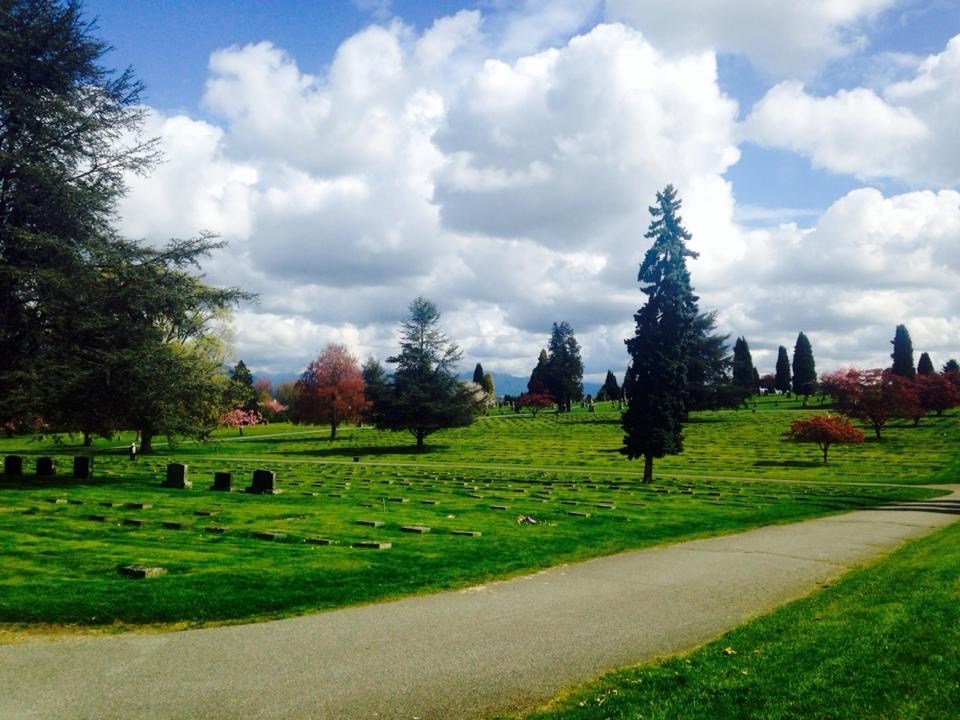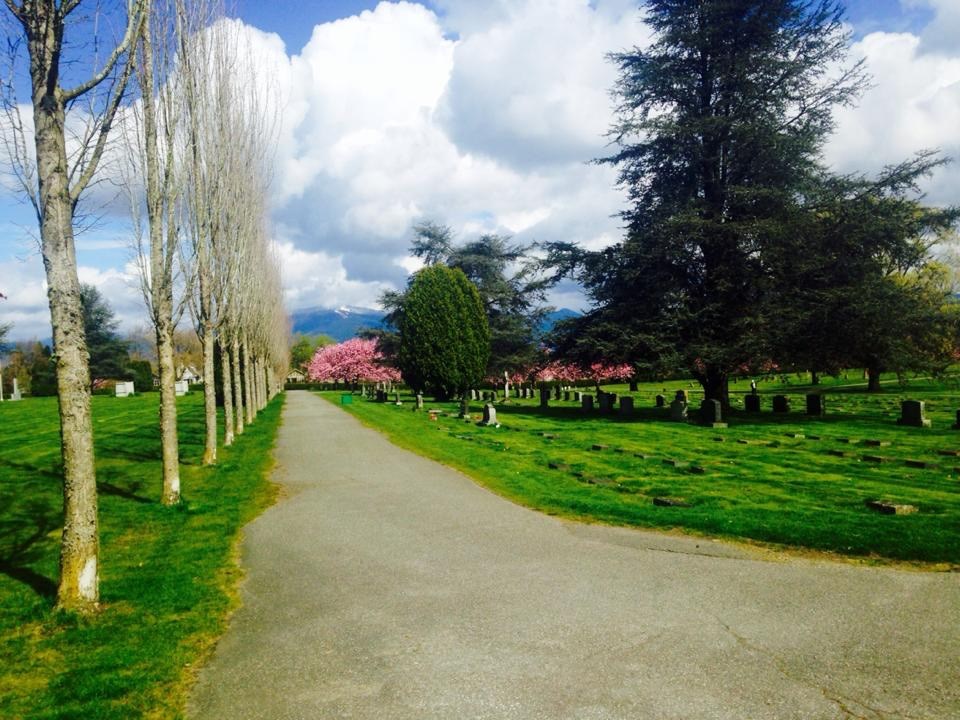Glen Hodges sees the modern cemetery as a place not only to honour the dead and remember their stories, but also to build community by connecting past and present lives. As manager of Mountain View Cemetery on Fraser Street, he sees the cemetery as a “place of endless possibilities.”
From a colourful wildflower meadow to a rooftop of beehives, historical walking tours and hosting a composer in residence, his cemetery is becoming a hub of creativity. As Hodges puts it: “I’m trying to be quite innovative. In some ways my job is easy. I just say ‘yes’ when someone comes up with an interesting idea.”
Since Hodges became manager 15 years ago, the cemetery has thus undergone a radical shift. When an artist or community member comes up with a project, Hodges listens, often with remarkable results.
“There have been many happy accidents,” he says. Mountain View’s unique, urban location, surrounded by neighbourhoods, has meant “a different level of community involvement.”
Many of the art and community projects have grown organically. One artist proposed planting and harvesting willow, then weaving it into fish sculptures. They are now placed throughout the cemetery as memorials.
The Armenian community wanted a way to commemorate the Armenian genocide of early 20th century Europe, and a delicate metal sculpture was commissioned and set up at Mountain View as a place to honour those they have lost.
An older gentleman who often walked through the cemetery and took photos was requisitioned to be a photographer-in-residence. Meanwhile, the cemetery’s composer-in-residence writes and plays music for various events, inspired by the stories that surround him.
The artist-in-residence program led to All Souls, which has since become an annual series of events in late October that allows the public the chance to honour those who have passed. Through contemplation, artwork and handmade shrines, the events offer a beautiful space to contemplate loss and life.
After witnessing how magical the event was, “I got really involved in it,” says Hodges. “I saw the feedback from the community and it just opened things up, made me wonder what else we can do.”

A few neighbours had beehives, and Hodges agreed to place them on the operations yard roof. A plant specialist was hired for horticultural development, including “no-mow” meadow planting to provide a natural habitat and draw pollinators.
Free walking tours led by the genealogical society tell the stories behind many of the graves, from early pioneers and citizens to well-known Vancouver figures like Joe Fortes.
“With 150,000 people buried here, each one of them has at least one interesting story,” Hodges says, noting he recently met a man who came to visit his grandfather’s grave. It turns out he was a stonemason on the Lions Gate Bridge. “It keeps you connected to the past,” Hodges adds.
Perhaps the most poignant sections of the cemetery is the infant area. In the late 1800s, infant death was common. At that time, Hodges explains, they would take the baby away and bury it. The parents were told to take a holiday and try to get over it.
In recent years, “we’ve learned better ways to deal with it,” Hodges says. Every cemetery has a section for these graves. At Mountain View, they were buried in common graves containing 30 to 40 infants.
But years later, relatives started to come back. People wanted a place to remember. Logistically, it was impossible to mark each grave, but Hodges knew it was important to have a physical space devoted to the infants, so they came up with the idea of planting landscaped grass areas to honour their memory.
Staff then handpicked 6,610 river stones in memory of each of the infants who are buried there. Each one is placed along the dry stream bed that runs over the gravesite.
Hodges constantly seeks to expand the role of a cemetery, to “open up the discussion, get people talking and make them more comfortable.” The goal is to “let people know the cemetery is more than just a place to bury a body.”
It is, after all, a place to celebrate life, to build connections, and to tell the stories of the past and find gratitude in the present.
• Amy Logan is a Vancouver writer, editor and English instructor with an ear for trends in the arts, community and environment. She is a regular contributor to Metro News, and joins the Westender to explore the artists, creatives, environmentalists and adventurers who make Vancouver tick.



